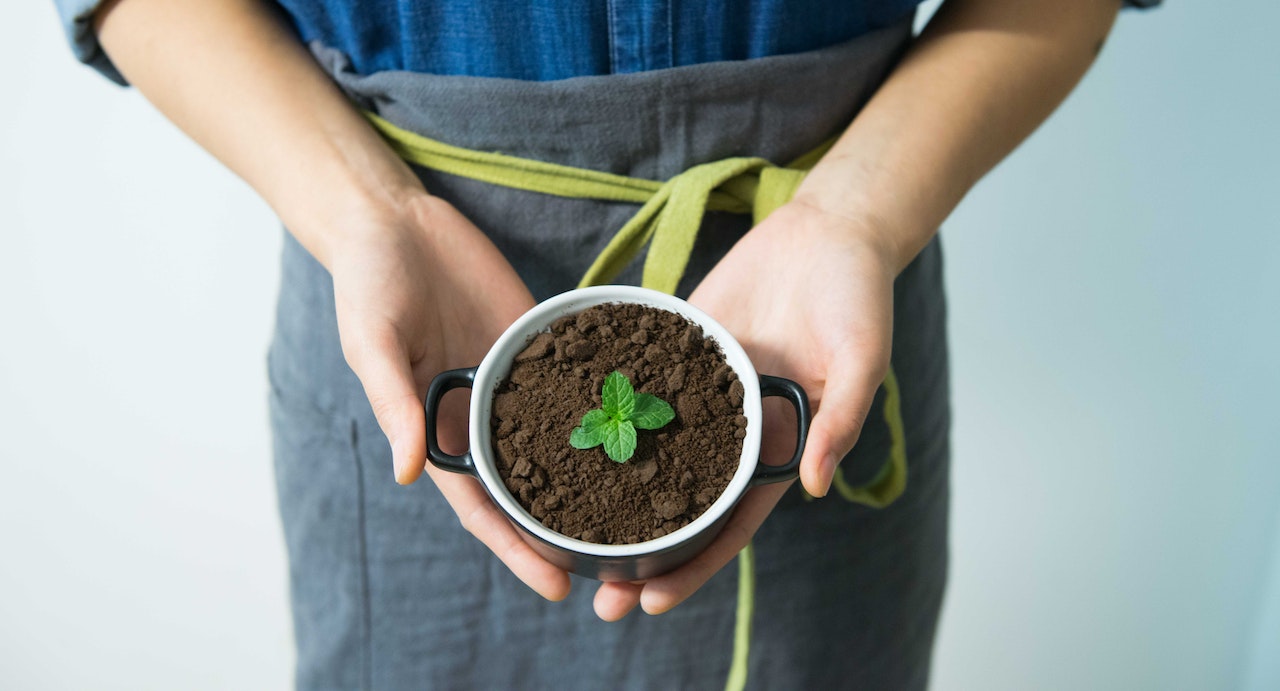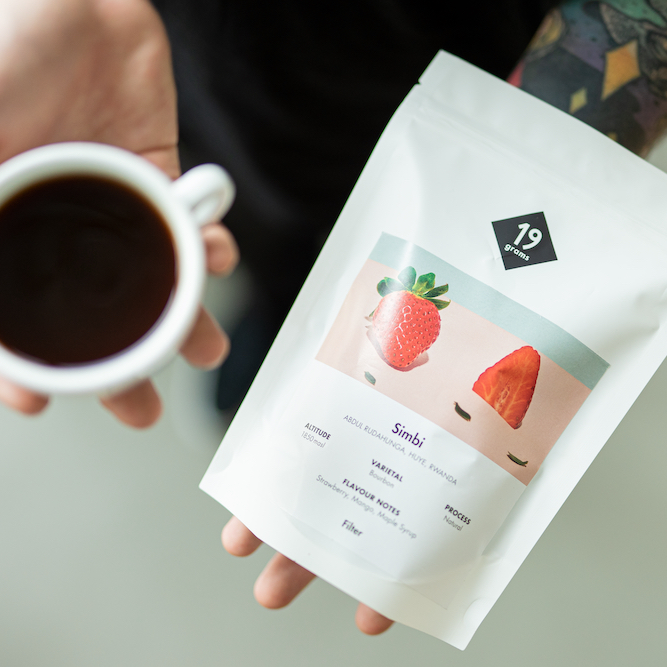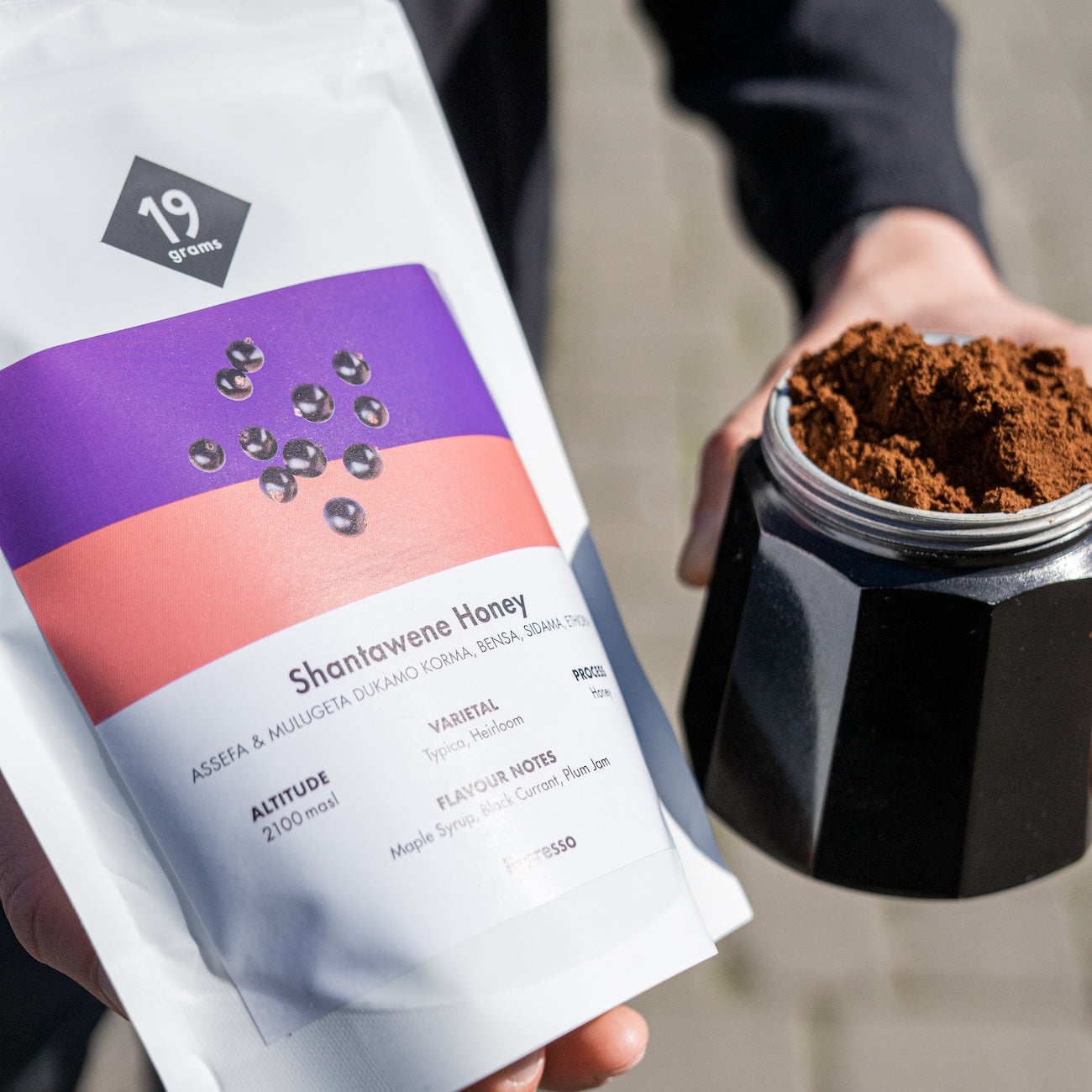Don't throw away coffee grounds after you brew them. You can reuse them in many different ways. As a cleaning agent without chemicals. As an air freshener, plant fertilizer, as an ingredient, as a slug and pest control agent, and in various cosmetic products.
As a chemical-free cleaning agent
Are you someone who likes to clean? Although cleaning products with chemicals have their place, coffee grounds can be a wonderful alternative for certain cleaning tasks. With its small particles, coffee grounds have been used for centuries as a scrubbing agent, especially to clean grout between tile floors and dishes. Simply rub the coffee grounds into the areas to be treated, whether grout or dishes, and then rinse thoroughly. The fine particles can get into crevices that are difficult to clean with a sponge. Coffee grounds can even be used to scrub a crusted grill. This will probably take a little longer than using chemical solutions, but it will achieve the desired effect.
As an air freshener
Unpleasant odors can sometimes appear in kitchens and bathrooms. Coffee has long been known for its ability to combat unwanted odors like camembert or urine. You can put coffee grounds in your refrigerator or in a spot in the bathroom to neutralize even the most stubborn blue cheese smell from France. You can also use a container of coffee grounds as an air freshener. Coffee grounds smell stronger because of the grinding and brewing process, which releases and intensifies new scents. For a double solution, you can dissolve the coffee grounds in some water and pour it down the drain. The small particles will help clean and eliminate unpleasant odors coming from your sink.
As a plant fertilizer
With its slightly acidic pH, coffee grounds promote the growth of many plants, making it an ideal fertilizer. However, not all plants are suitable for coffee grounds. Select houseplants, as well as plants such as rhododendrons and hydrangeas, benefit from the addition of coffee grounds. Remember to store coffee grounds in a dry place so they don't mold. To use it as fertilizer, sprinkle the coffee grounds around the root area of each plant. When repotting flowers, you can add a thin layer of coffee grounds to the bottom of the pot to provide additional nutrients that regular potting soil doesn't provide to the same degree.
As an ingredient
During World War II, coffee grounds were commonly used as a baking ingredient due to food shortages and high prices. Several recipes suggest using coffee grounds in combination with beans as an ingredient for pie crusts. If you're adventurous, you can also use coffee grounds in other dishes. Some amateur chefs suggest marinating a pork tenderloin in coffee grounds and olive oil before pan-frying it. Try your favorite recipes and consider how they might benefit from the addition of coffee grounds.
As a slug and pest repellent
Coffee naturally contains caffeine, which is toxic to pests. By strategically sprinkling coffee grounds in the soil around your lettuce or other susceptible plants, you'll stay one step ahead of slugs and ants. The caffeine and phosphorus in coffee grounds work directly on the skin of slugs, while the smell deters ants. To control fungus gnats, dilute coffee grounds with water and pour the mixture on your houseplants. These little pests can be incredibly annoying, but coffee grounds offer a foolproof solution.
As cosmetics
You may have heard of using coffee grounds as a cosmetic. The claim that caffeine dries out the body has been disproven, but there is some truth to the numerous tips. Coffee grounds can be safely used for hair treatments. The caffeine in coffee dilates blood vessels, improves blood flow to the scalp and facilitates the absorption of nutrients by hair follicles. In addition, caffeine blocks the hormone DHT, which contributes to hair loss. Although further scientific research is needed to prove the full effectiveness of coffee grounds as a hair treatment, there are no known negative effects. However, this application is more suitable for dark hair.
Coffee grounds are also excellent as an exfoliant and promote skin renewal without microplastics, which are found in many chemical products. Leftover coffee grounds can be used to wash your hands, especially after cooking with garlic to remove strong odors from your skin.
There are many ways to recycle used coffee grounds. But don't let the options you've already discovered limit your creativity. Let your imagination run wild and discover the many uses for this adaptable and environmentally friendly raw material.






